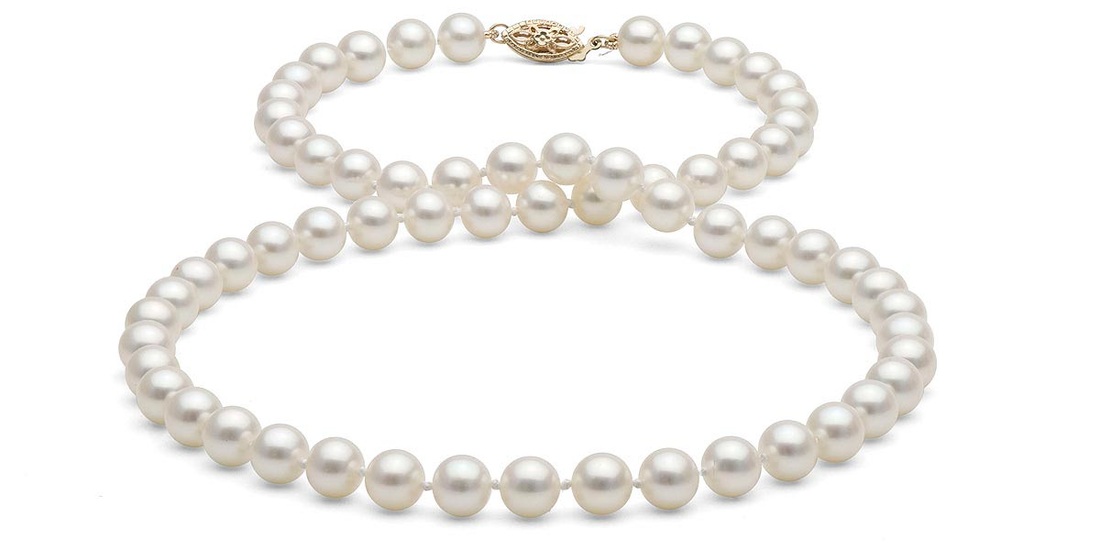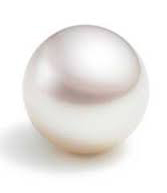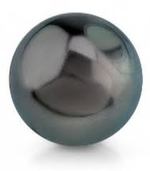What is a Cultured Pearl?
|
Natural pearls are so rare to find in nature that most pearls sold today are cultured. To create a cultured pearl, a tiny bead is implanted into the oyster and gradually over time, the oyster coats the bead in many layers of natural minerals and proteins. These layers are referred to as nacre (Nay-Ker). It is the nacre that gives pearls their beautiful luster and color.
Care
When cared for properly, pearls can last a lifetime. The best way to care for pearls is to wear them often, as the body's natural oils keep pearls lustrous. However, it's important to keep them away from household chemicals, including perfume, makeup and hairspray. Chemicals found in these common products can dull the luster of your pearls. It is recommended that you put your pearls on last when getting ready and make them the first thing you take off when you come home. Before putting your pearls away, wipe them with a soft cloth and store them separate from other jewelry to avoid scratching their tender surfaces. |
Quality
While there is no standardized grading for pearls, we ensure that each pearl meets our high-quality standards. You will find education related to each pearl type we offer. We encourage you to learn more about the differing qualities in each. Color
The general color of a pearl is also called the body color. Typical pearl colors are white, cream, yellow, pink, silver or black. A pearl can also have a hint of secondary color, or overtone, which is seen when light reflects off the pearl surface. For example, a pearl strand may appear white, but when examined more closely, a pinkovertone may become apparent. |
Shape
We offer the highest-quality, rarest pearl shape–round. Shapes that are not spherical or even symmetrical are considered lower-quality. Akoya, Tahitian and South Sea pearls found in jewelry have a tendency to be the roundest, while Freshwater pearls can be oval or slightly off-round.
We offer the highest-quality, rarest pearl shape–round. Shapes that are not spherical or even symmetrical are considered lower-quality. Akoya, Tahitian and South Sea pearls found in jewelry have a tendency to be the roundest, while Freshwater pearls can be oval or slightly off-round.
Size
The size of the pearl greatly depends on the type of pearl. Freshwater pearls range in size from about 3.0-7.0mm, Akoya pearls range from about 6.0-8.5mm, and South Sea and Tahitian pearls can reach sizes as large as 13mm.
The size of the pearl greatly depends on the type of pearl. Freshwater pearls range in size from about 3.0-7.0mm, Akoya pearls range from about 6.0-8.5mm, and South Sea and Tahitian pearls can reach sizes as large as 13mm.







